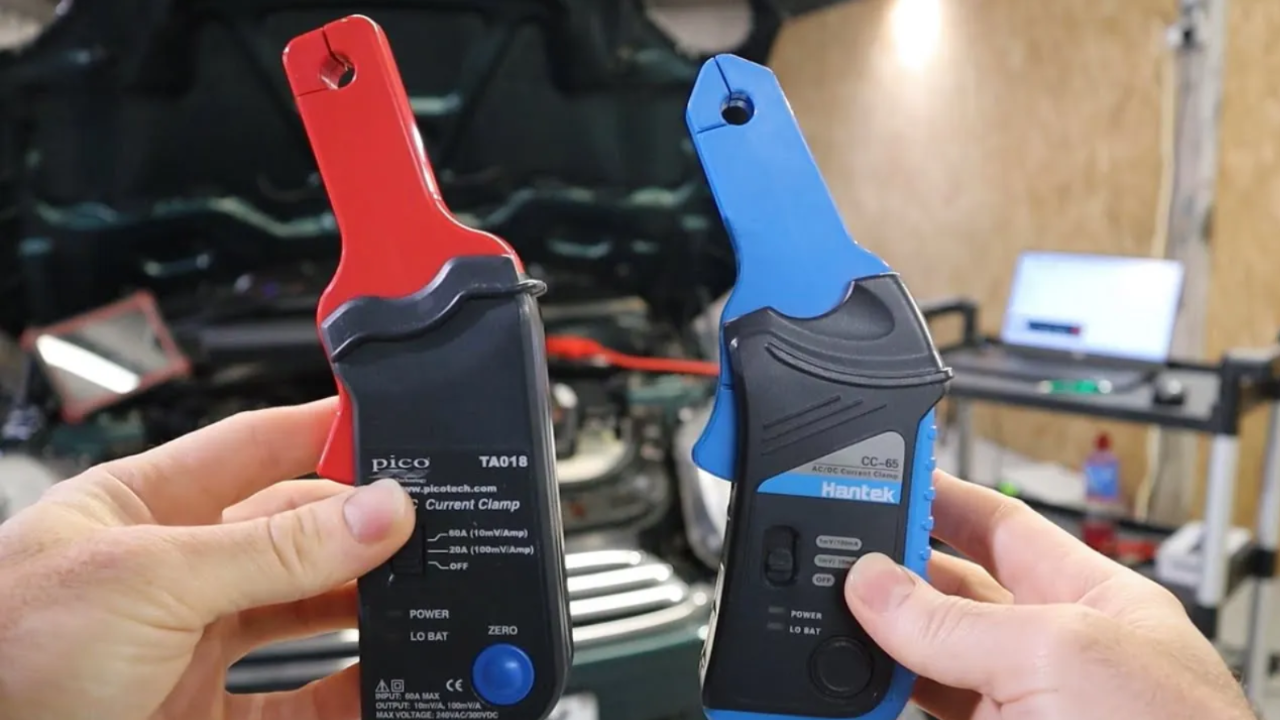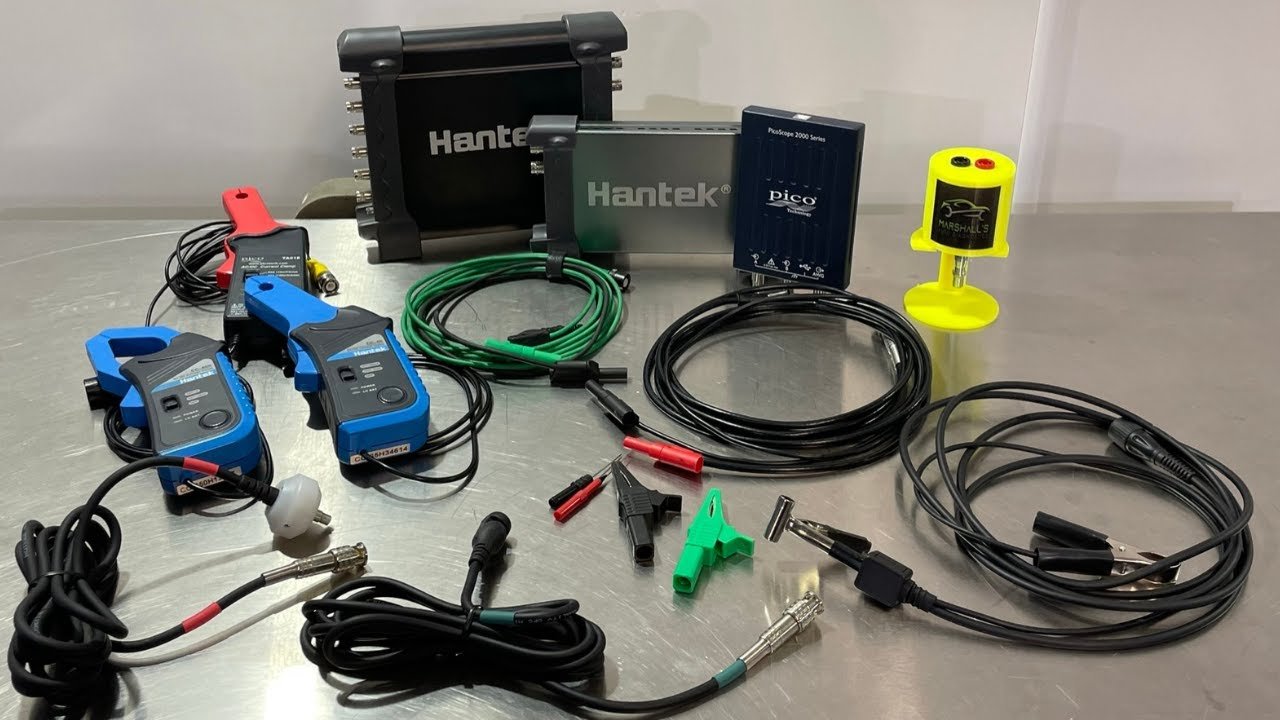Which One Is Best? Hantek CC-65 vs PicoScope TA018 Current Clamp

Which One Is Best? Hantek CC-65 vs PicoScope TA018 Current Clamp
Hantek CC-65 vs PicoScope TA018 Current Clamp
When it comes to oscilloscope diagnostics, using the right amp clamp can make all the difference in getting accurate and reliable current measurements. Two popular options on the market are the PicoScope and Hantek amp clamps. The Hantek clamp is often seen as a budget-friendly alternative, priced significantly lower than the PicoScope version. However, for many users, the question arises: is it worth paying extra for the PicoScope clamp?
In this review, we'll compare the similarities and differences between the two to help you decide which one best suits your diagnostic needs.
Check out the Diagnostic Coach program here.

Similarities Between PicoScope and Hantek Amp Clamps
Basic Functionality
Both the PicoScope and Hantek amp clamps serve the same essential function, converting electrical current into a voltage reading for use with oscilloscopes. They each have jaws that open and close to clamp around a wire, allowing the measurement of current without direct electrical contact.
Measurement Scales
Both clamps offer similar measurement settings. The PicoScope clamp provides options of 20 amps (100 mV per amp) and 60 amps (10 mV per amp), while the Hantek clamp offers a slightly different way of showing the same information: 1 mV for 10 milliamps and 1 mV for 100 milliamps. They operate on comparable scales, which means they can be used in similar diagnostic scenarios.
Zeroing Button
Both clamps feature a "zero button," which is important for resetting the baseline when the clamp drifts over time. This feature helps to maintain accurate measurements during extended use.
Differences Between PicoScope and Hantek Amp Clamps
Price
The PicoScope amp clamp is significantly more expensive, priced upwards of $100, while the Hantek clamp is a more budget-friendly option, available for around $50 to $70. This price difference reflects the differences in build quality, features, and overall performance.
Current Flow Indicator
The PicoScope clamp features an arrow that indicates the direction of current flow, which is missing from the Hantek clamp. While you can assume the direction is the same on the Hantek clamp, the explicit visual cue on the PicoScope can make it easier to use.

The explicit visual cue on the PicoScope can make it easier to use.
Build Quality
The PicoScope clamp feels sturdier and better constructed compared to the Hantek. The zero button on the Hantek clamp occasionally sticks, which can be annoying during use, whereas the PicoScope clamp feels more reliable. Additionally, the switch on the PicoScope clamp offers a more positive, tactile feel, while the Hantek’s switch can feel a little scratchy.
Drift Over Time
In a test of drift over a five-minute period, the Hantek clamp drifted whereas the PicoScope clamp only drifted about 25 milliamps. While drift is a common issue with all amp clamps, the PicoScope’s superior performance in this area may result in more reliable long-term measurements.

The Hantek clamp exhibited more drift than the PicoScope clamp.
Automatic Power-Off
The PicoScope clamp has an automatic power-off feature, which helps save battery life when the clamp is left on by accident. The Hantek clamp does not have this feature, meaning it may drain its batteries if you forget to turn it off after use.
Cable Length
One notable difference is the cable length. The PicoScope clamp has a much longer cable, making it easier to reach components without moving the oscilloscope closer. In contrast, the Hantek clamp has a shorter cable (around 1 meter), which can be inconvenient in certain scenarios, such as when working around an engine bay.

The Hantek clamp comes with a shorter cable, around 1 meter.
Which Should You Buy?
For Budget-Conscious Buyers: If you’re looking for a more affordable entry into using an amp clamp with an oscilloscope, the Hantek clamp offers good value. It performs comparably to the PicoScope clamp in terms of basic current measurements, and while it lacks some of the premium features, it is adequate for most general diagnostic tasks.
For Users Seeking Quality and Convenience: If your budget allows, the PicoScope clamp is the better investment due to its superior build quality, longer cable, automatic shut-off, and more stable performance over time. These features make it a more reliable and convenient tool for regular use.
In conclusion, both clamps are similar in functionality but differ significantly in build quality, cable length, and additional features. If you’re serious about your diagnostic work and want a tool that will last, the PicoScope clamp is worth the extra investment. However, if you need a more budget-friendly option, the Hantek clamp will still get the job done.





